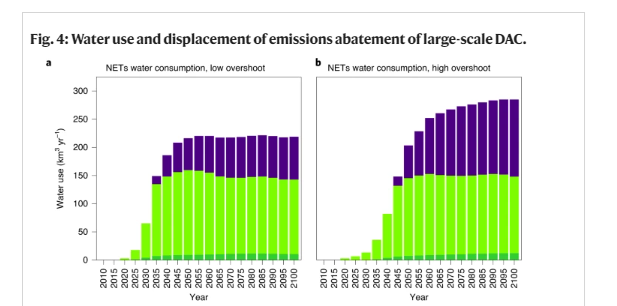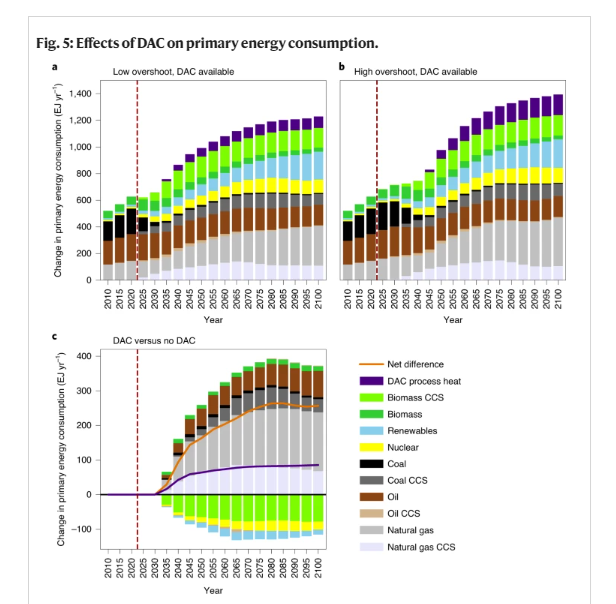Negative Emissions: Deployment Implications
During the 2015 UNFCCC Conference of the Parties in Paris, world leaders agreed to limit global temperature increase relative to pre-industrial levels to well below 2°C and pursue efforts to meet a 1.5°C target by 2100. These targets require rapid declines in greenhouse gas emissions, reaching net zero by mid-century.
This paper uses the technology-rich Global Change Assessment Model (GCAM) to evaluate the impacts and tradeoffs of three distinct types of negative emissions technologies – afforestation, BECCS and DAC – in two emissions pathways to reach 1.5°C. We examine whether DAC could help minimize costly food–water–energy tradeoffs when deployed alongside BECCS, afforestation and other technology options for avoiding CO2 emissions altogether (for example, renewables and point-source CCS).

Given recent optimistic estimates for the cost of DAC technology, we investigate when this technology could realistically be used in aggressive decarbonization policy, given the increasingly limited global emissions budget. The paper then quantifies the costs of delaying decarbonization efforts, before identifying where these costly side effects are likely to occur globally. Throughout our analysis, we compare land, water and energy use for each of these negative emissions technologies with other current-day and projected changes to these resources due to human activity.
For the full report, download the file below. Listen to the Cooper Center podcast here.



